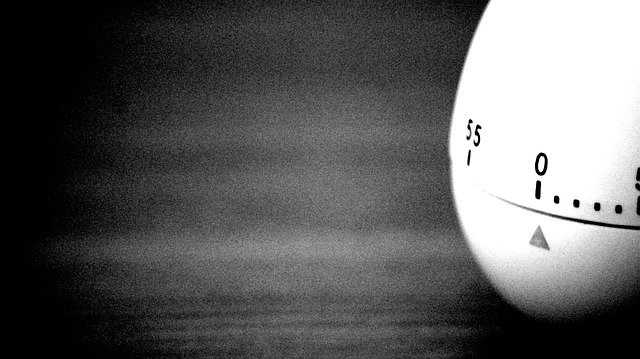Can a DIY fertility test help you plan when to have a baby?
By Zoë Corbyn,
The Guardian
| 01. 21. 2018
My sisters, aged 27 and 30, are seated at their computers poring over the slick websites of companies promising to reveal secrets to them about their fertility. “Get insight into how your fertility is tracking relative to your age,” promises one. “Get the tools you need to have more control over your fertility,” says a second. “Gauge how long you have left to conceive,” says a third. The tests, which look at the levels of one or more female hormones in the blood, style themselves as easy to order and are less than what one would pay in a fertility clinic. “The information seems relatively cheap and readily available, so why not find out?” says my older sister. “I just assumed I wouldn’t have any fertility issues,” says the younger. “I realise after looking at these websites I probably shouldn’t assume this.”
These companies are the latest outgrowth of the growing global market in fertility services. Fuelled by women delaying childbirth longer, it includes IVF and egg freezing and is expected to generate $21bn (£15.5bn) in revenue globally by 2020...
Related Articles
By Jenny Lange, BioNews | 12.01.2025
A UK toddler with a rare genetic condition was the first person to receive a new gene therapy that appears to halt disease progression.
Oliver, now three years old, has Hunter syndrome, an inherited genetic disorder that leads to physical...
By Grace Won, KQED [with CGS' Katie Hasson] | 12.02.2025
In the U.S., it’s illegal to edit genes in human embryos with the intention of creating a genetically engineered baby. But according to the Wall Street Journal, Bay Area startups are focused on just that. It wouldn’t be the first...
By Pam Belluck and Carl Zimmer, The New York Times | 11.19.2025
Gene-editing therapies offer great hope for treating rare diseases, but they face big hurdles: the tremendous time and resources involved in devising a treatment that might only apply to a small number of patients.
A study published on Wednesday...
Several recent Biopolitical Times posts (1, 2, 3, 4) have called attention to the alarmingly rapid commercialization of “designer baby” technologies: polygenic embryo screening (especially its use to purportedly screen for traits like intelligence), in vitro gametogenesis (lab-made eggs and sperm), and heritable genome editing (also termed embryo editing or reproductive gene editing). Those three, together with artificial wombs, have been dubbed the “Gattaca stack” by Brian Armstrong, CEO of the cryptocurrency company...




